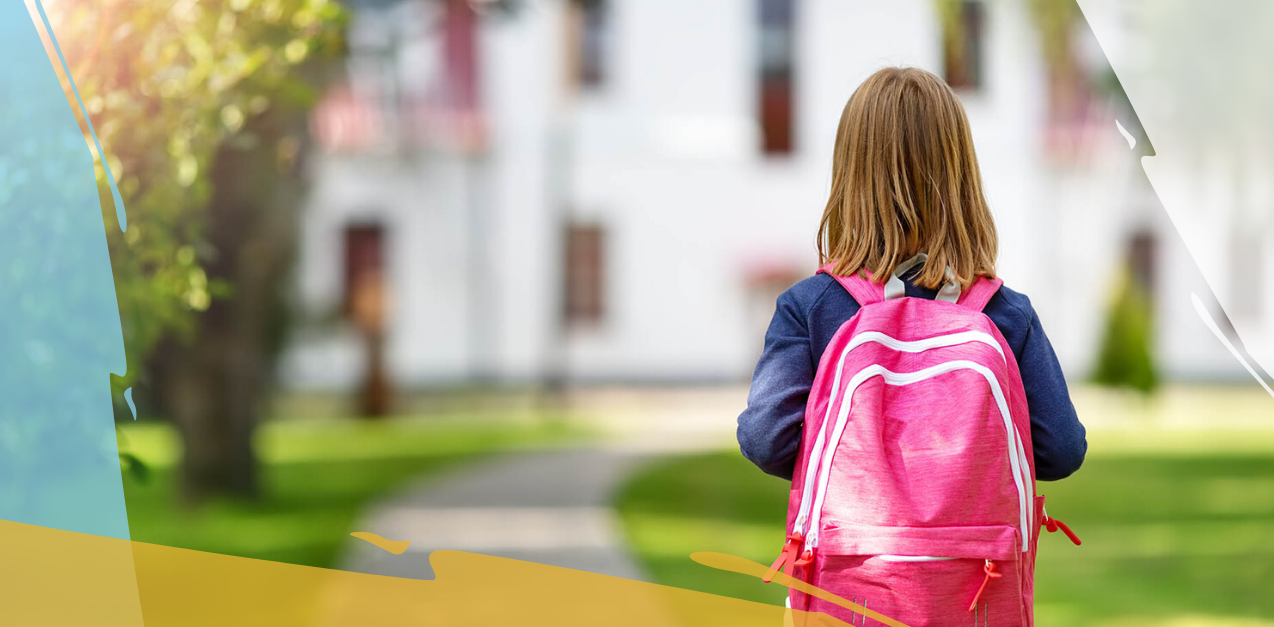What schools will look like when they reopen?

During the last few months 191 countries closed their primary and secondary schools, having a significant impact on K-12 education. Emergency remote learning was utilized by school leaders as a response, creating measures to support homeschooling. Teachers needed to learn to utilize new tools and teaching methods in a short amount of time. Students suddenly were forced to learn on line, mostly independently. Students, teachers and parents had to quickly adjust to this paradigm shift.
 Nowadays, educators, students and parents are thinking of returning back to “normal” school days come the fall. But what “normal” will really look like after this crisis? Is this an opportunity to design a “new normal” that incorporates the best of brick and mortar live instruction with the best of online resources?
Nowadays, educators, students and parents are thinking of returning back to “normal” school days come the fall. But what “normal” will really look like after this crisis? Is this an opportunity to design a “new normal” that incorporates the best of brick and mortar live instruction with the best of online resources?
Remote Learning might be here to stay
Remote learning practices might not be over when schools reopen. There will probably be some parents who will choose to keep their children at home for various reasons. That means that schools might have to develop teaching strategies that facilitate the needs of both physical and virtual classrooms. New blended learning approaches, more suitable learning resources and tools might need to be designed. The teachers will need professional development that addresses these new methods, tools and practices.
This is true not only for this particular pandemic situation, one that might happen again in the fall, but for every other similar crisis that might occur in the future. Increasingly, our world is experiencing natural disasters like floods, snow and ice and tornadoes that can interrupt schooling. Also in remote rural areas, the deployment of a virtual educational experience seems to be an answer to lack of staff and long travel distances to brick and mortar facilities. It seems crucial for every school system to become better prepared to face such challenges in the future.
Dealing with academic growth
Teachers have been trying to keep student academic growth on track during this COVID-19 remote learning period. When the schools will reopen, teachers might be called to orchestrate engaging and playful learning activities and adjust instructional practices that will allow students to return back to previous classroom practices and at the same time monitor their knowledge and skills level.
Measuring students’ academic growth is not a simple matter and has been especially challenging during the school closures. However, the outcomes of a process to collect and utilize assessment provide data for implementing efficiently and effectively individualized interventions.
This is especially crucial for children with disabilities affected by school closures. The disruption to their daily routine and interventions was impactful. Coming back to school, special education teachers and therapists will most likely spend a lot of time and significant effort to help students overcome the impact of loss of instructional time and related occupational, physical and speech language therapies during the period of school closures.
Supporting students’ social and emotional (SEL) needs
Students have been experiencing this pandemic crisis differently. Missing school days due to closures and losing daily contact with friends might have traumatized them. Also, some students might have been experiencing instability and stressful situations at home, perhaps created from parents losing jobs. Thus, teachers might be called to enact strategies for strengthening students’ emotional wellbeing and help them overcome social and emotional (SEL) challenges, in addition to trying to keep them on track academically.
Schools will reopen as soon as public health officials signal it is safe. A smooth school reopening and returning to the “new normal” that will build confidence and end this disruption might have challenges but also create new opportunities for school leaders, students, teachers, and parents to keep them as supportive and nurturing learning environments as possible.
School districts are considering many scenarios for this return. There is not one plan that emerges because the physical facilities that support a socially-distanced classroom are different in each district and locale. However, as the solutions are discussed, blended and online learning resources are most likely to be factored into the equation. Some important considerations in choosing the best virtual sources that complement and blend with live instruction are the engagement and the ease of use for the teacher and potentially, the parent as well. Finally, data on progress and growth should also be a factor in the resources chosen to complement and extend the new normal of “blended learning”.
Find out how Kinems’ Whole Child Approach can support all these needs and elevate your students’ academic success by booking a Free Demo with our Educational Experts:
Relative articles
Remote learning in Special Education: 5 Steps to Make this Transition Successful
How to Overcome the Challenges of Distance Learning in Early Childhood and Elementary Education
